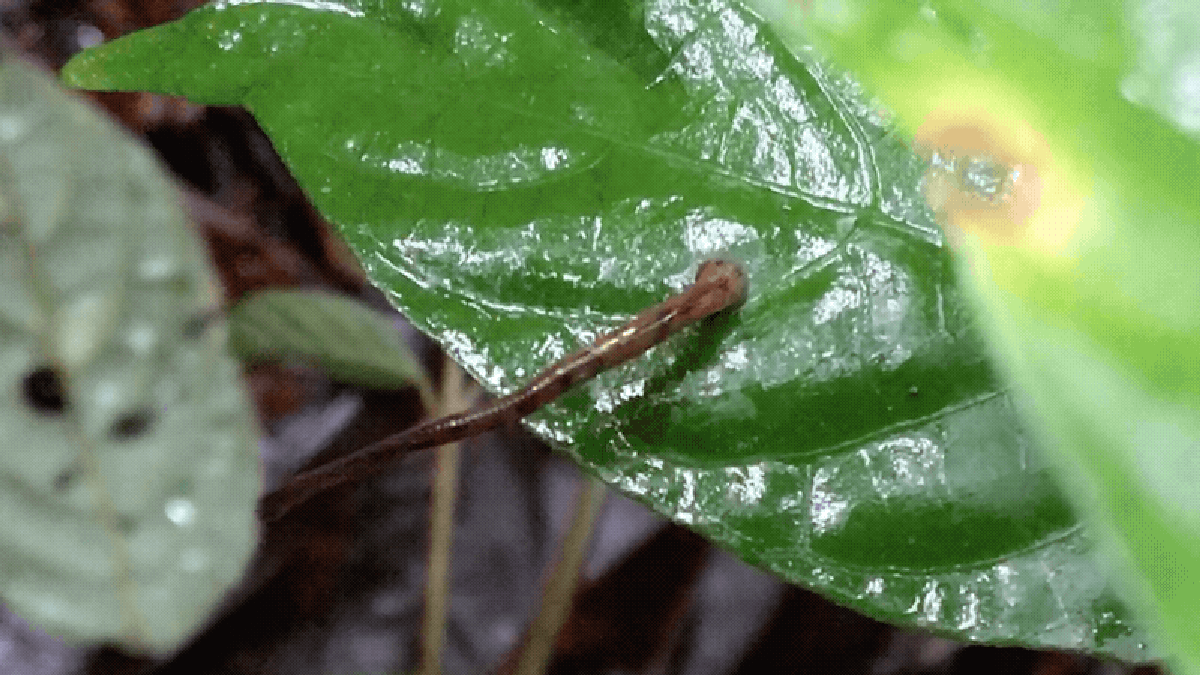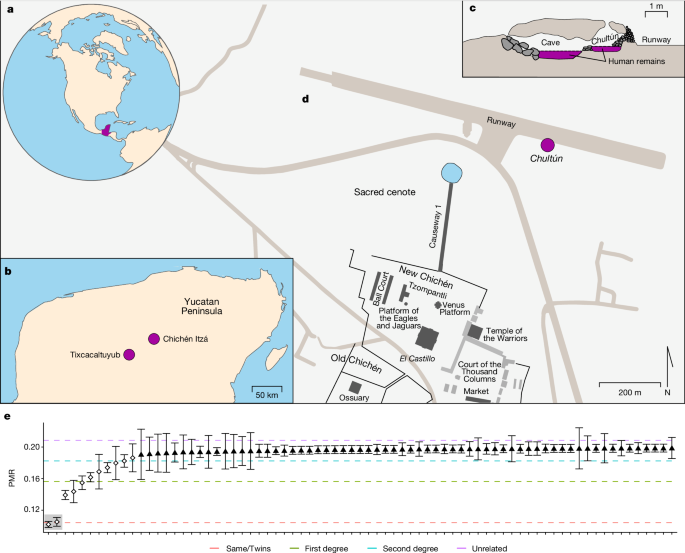Science News
Science News is a reputable source of science and technology news that covers a wide range of topics, including physics, astronomy, biology, earth science, health and medicine, and more. The articles provided showcase the latest research findings and discoveries in these fields. While there are some contradictions and deceptions present in the individual articles, they do not appear to significantly impact the overall credibility or reliability of the reporting. The reporting is generally neutral and objective, with no apparent conflicts of interest or financial ties that would influence the coverage. The writing is clear and accessible to a general audience.
76%
The Daily's Verdict
This news site has a mixed reputation for journalistic standards. It is advisable to fact-check, scrutinize for bias, and check for conflicts of interest before relying on its reporting.
Bias
50%
Examples:
- The reporting in Science News appears to be generally neutral and not strongly skewed towards any particular viewpoint or perspective. There are no clear examples of significant bias or misinformation present in the articles provided.
Conflicts of Interest
100%
Examples:
- There are no apparent conflicts of interest or financial ties that would potentially influence the reporting or findings presented in the articles provided. The authors appear to be independent and objective in their coverage.
Contradictions
85%
Examples:
- The contradictions identified in the articles provided are mostly related to specific details or findings within each article, rather than overarching themes or conclusions. These contradictions do not appear to significantly undermine the overall reliability or credibility of the reporting.
Deceptions
75%
Examples:
- The deceptions identified in the articles provided are mostly minor and do not appear to be intended to mislead or deceive readers. These deceptions are primarily related to specific details or findings within each article, rather than overarching themes or conclusions.
Recent Articles

NASA's Perseverance Rover Discovers Potential Signs of Ancient Microbial Life on Mars: Calcium Sulfate, Organic Compounds, and Leopard Spot-Like Structures
Broke On: Sunday, 21 July 2024
CDC Reports: KP.3 and KP.3.1.1 Variants Account for Over Half of US COVID-19 Cases in Summer Wave
Broke On: Friday, 19 July 2024
The Shrinking Great Red Spot of Jupiter: New Study Suggests Smaller Storms Are Starving the Iconic Anticyclonic Storm
Broke On: Wednesday, 17 July 2024
New Studies Highlight Vaccines' Role in Preventing Long-Term Health Complications of COVID-19
Broke On: Wednesday, 17 July 2024
New Genetic Analysis Reveals Small, Isolated Population of Woolly Mammoths on Wrangel Island Suffered from Inbreeding Before Extinction
Broke On: Thursday, 27 June 2024
Newly Discovered: The Jumping Ability of Madagascar's Chtonobdella Leeches
Broke On: Tuesday, 20 June 2017
Measuring Earth's Rotation with Quantum Entanglement: A Groundbreaking Experiment by University of Vienna Physicists
Broke On: Friday, 14 June 2024
New Study Reveals Young Boys, Many Related, Were Sacrificed at Ancient Maya Site Chichén Itzá
Broke On: Wednesday, 12 June 2024
New Discovery: Earth's Early Surface Hosted Fresh Water and Oceans, 4.4 Billion Years Ago
Broke On: Monday, 03 June 2024